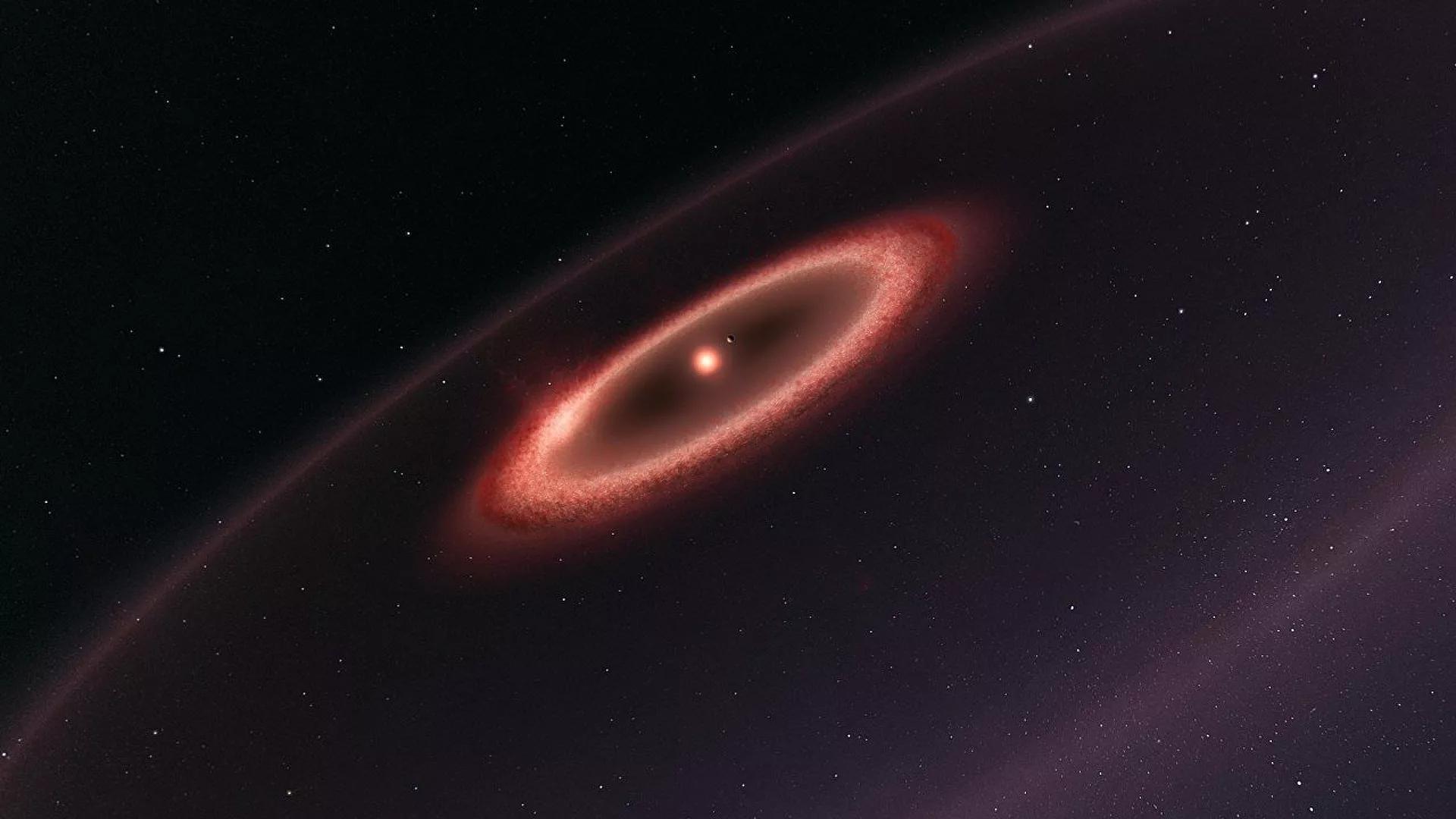Africa-Press – Sierra-Leone. Proxima Centauri is the closest star to our Sun, lying just over four light-years away (1 light year being nearly 9.5 trillion kilometres). It is a small, red dwarf star which radiates just a fraction of the Sun’s brightness.
Astronomers have found evidence of another planet orbiting Proxima Centauri, the nearest neighbouring star of the Sun. Proxima d, as the newly discovered exoplanet has been christened, is the third to have been detected in Proxima Centauri’s orbit since 2016. Exoplanets are planets lying outside our solar system.
“The effect of Proxima d’s gravity is so small that it only causes Proxima Centauri to move back and forth at around 40 centimetres per second (1.44 kilometres per hour),” the release explains.
Proxima d orbits the star at a distance of about four million kilometres. To put this in context, four million kilometres is less than one-tenth the distance between the Sun and its nearest planet, Mercury.
The discovery has been made using ESPRESSO (Echelle Spectrograph for Rocky Exoplanets and Stable Spectroscopic Observations), installed on the European Southern Observatory’s Very Large Telescope (ESO’s VLT) in Cerro Paranal in northern Chile. The findings of the study were published in peer-reviewed journal Astronomy and Astrophysics.
The other two planets orbiting Proxima Centauri – Proxima b and Proxima c – have orbits of 11 Earth days and five Earth years respectively. Proxima b is the first to have been discovered and lies in the habitable zone of the star whereas Proxima c is believed to be too cold to sustain life as humans know it.
The mass of Proxima b is comparable with that of Earth. Among the three exoplanets, the presence of Proxima b has so far been conclusively established by follow-up observations in 2020.
“This result clearly shows what ESPRESSO is capable of and makes me wonder about what it will be able to find in the future,” Faria added.
For More News And Analysis About Sierra-Leone Follow Africa-Press






